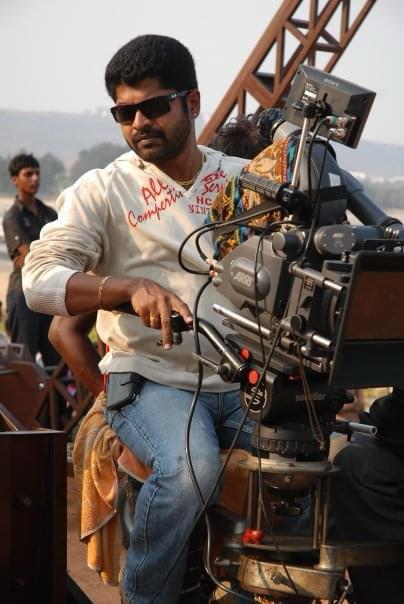
In conversation: Cinematographer Vijay K chakravarthi!
Mar 28 2024
Vijay K Chakravarthi is not just a cinematographer; he’s a visionary whose lens captures stories infused with depth and emotion. With a solid foundation in cinematography technology honed at the prestigious MGR Film Institute, Vijay’s expertise goes beyond merely capturing images – he crafts narratives that resonate with audiences on a profound level.
Driven by a strong conviction in the transformative potential of literature in visual storytelling, Vijay K Chakravarthi seamlessly weaves his literary sensibilities into his cinematic creations. Celebrated for his mastery of color composition, his contributions to acclaimed films like “Bommarilu” and “Nannaku Prematho” have earned him widespread acclaim and admiration from audiences and critics alike.
In addition to his remarkable contributions to cinema, Vijay K Chakravarthi embraces a rich tapestry of identities. As a Villager, Dreamer, Atheist, Rationalist, and Farmer, each facet of his persona enriches his storytelling, imbuing his work with authenticity and deep resonance.

Vijay K Chakravarthi opens up about his cinematic journey, sharing his experiences and insights with SICA.
What influenced your decision to pursue a career in cinematography, and how did your early experiences help shape your artistic vision?”
My father asked, “What is this?”
“It was raining in my native village, Pattiveeranpatti, located at the foothills of Kodaikanal.”
“Rain” six years old me replied.
My father smiled at me and said, “To a poet, it’s a poem; to a musician, it’s music; to a painter, it’s a painting. To others, it’s just rain.”
“Now, you tell me, who are you, and what is this?” asked my father.
My quest of finding out what I am made me try every possible thing , from usual to unusual, speech competitions to cricket ..
I happened to see ” Azhiyaatha kolangal ” in our village theatre , it felt like someone had filmed me and my life without my knowledge.
I Later got to know there Is a person ,called Balu Mahendra , who had written, photographed and directed “Azhiyaatha Kolangal”
“That was the day when, without knowing what or how, I decided to become Balu Mahendra.”
It wasn’t that I wanted to be a cinematographer, writer, or director… I just wanted to become Balu Mahendra .
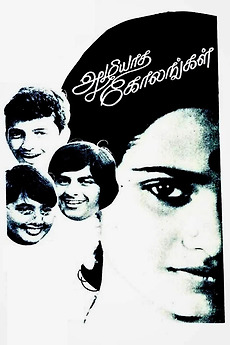
How did your journey unfold from serving as an assistant to esteemed cinematographers like A. Ramesh Kumar and Arthur Wilson to establishing yourself as a prominent cinematographer in the Telugu film industry?
After completing film school, I was fortunate to cross paths with someone who introduced me to the world of film school and filmmaking, which was a revelation for someone like me hailing from a village. I owe a tremendous debt of gratitude to Mr. A. Ramesh Kumar for being that guiding light in my journey.
Then, under the guidance of Mr. Paneerselvam, I had the chance to collaborate with Mr. Arthur Wilson, and I worked alongside him on nearly 8 to 9 films. “Through my friend Bhaskar, who later became the sensational Bommarillu Bhaskar, I got the opportunity to work for Bommarillu and joined forces with Mr. Dil Raju, sir. With Bhaskar, Raju, sir, Bommarillu, and more good projects in Telugu, my identity has changed to a Telugu cinematographer.”
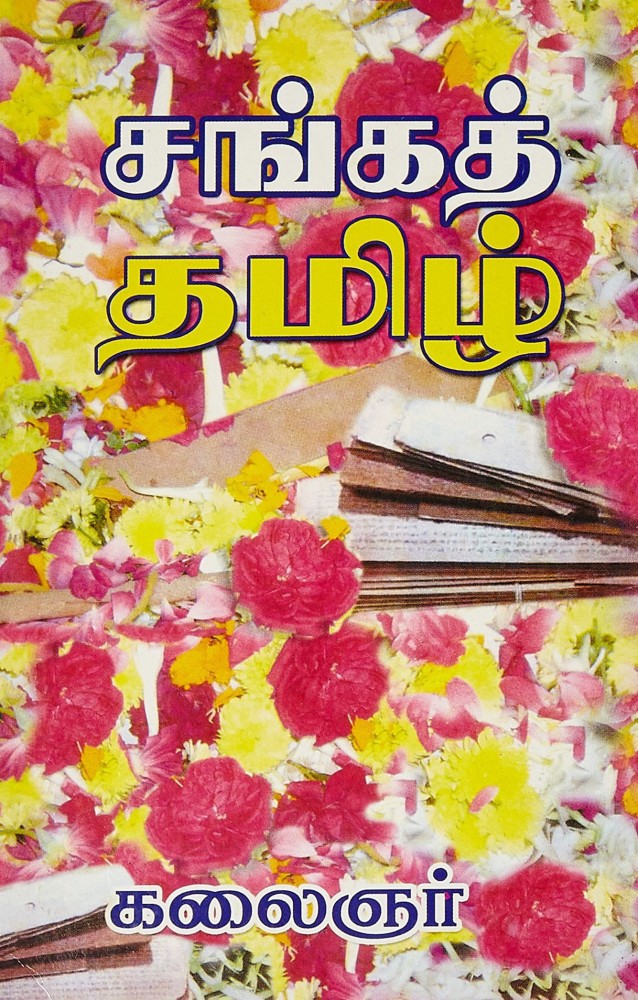
How does your passion for Tamil literature shape your approach to cinematography and storytelling within the realm of Telugu cinema?
My father, a Tamil teacher and scholar, I recall that during the summer after my sixth grade, he gifted me the Tamil version of the book ‘Volga to Ganges’ (Volga mudhal Gangai varai), followed by ‘Sanga Tamil’ authored by Kalaingar Karunanidhi. This exposure broadened my perspective, encompassing aspects of culture, human values, empowerment, and even imaginative visuals depicting historical time periods. Starting from “Sanga Tamil,” my literary exploration expanded to include works by authors like Dostoyevsky and Maxim Gorky, and it continues to grow. Reading vivid descriptions in literature allowed me to visualize scenes in my mind, realizing that each person interprets them uniquely. For instance, if ten people read a description of a forest or a morning beach, each would conjure up their own distinct imagery. This realization sparked excitement within me, and without conscious intention, I began honing my skill of visualizing text through literature.
Simple fiction can be just as impactful as ancient literature. In the novel “Seevalaperi Pandi,” there’s a vivid description of a village road awaiting a morning bus. The author, Sowba, compares it to “a huge python lying lazily crouching after a large meal,” suggesting a higher-angle view from a mountain is needed to capture the scene. Whenever I encounter mentions of village roads in scripts, I find myself searching for that visual during location scouting. When I eventually discover a road that matches this description from the perfect angle, it’s bound to stand out for its unique charm.
When a director narrates a scene, I always inquire about the when and where of it. I ask whether it was sunny, cold, rainy, windy, or dusty because the same scene shot with rain or wind and dust around won’t evoke the same feeling. It adds mood beyond mere visuals. To me, a house, road, or hotel where the scene unfolds isn’t just a location; the objects within are not mere properties. They are characters in their own right. Every location and the objects within should possess character. This vision was instilled in me through literature.

How did your cinematography in “Bommarilu” contribute to the film’s widespread acclaim, and what techniques did you utilize to enrich the visual storytelling?
In Bommarillu, we witnessed the power of a strong team. From the director and producer to the assistants, everyone was united by a high level of spirit and dedication. Bommarillu emerged as a complete film where every aspect seamlessly merged together. It’s challenging to distinguish the individual crafts involved because everything harmonized perfectly.
In selecting locations, we prioritized uniqueness over beauty, opting for places unexplored in other films to bring a fresh vibe to the movie. I paid close attention to the color scheme and ensured consistency in every character’s costume. For Siddharth’s indecisive character, we used checked shirts to mirror his inner conflict, switching to bold, straight-line striped shirts as he gains confidence. Genelia’s character dresses unconventionally because she lives by her own rules, disregarding societal norms.
In Bommarillu, although the household appeared happy, Siddharth’s character experienced internal turmoil unnoticed by the others. To convey this, we used soft lighting and minimal contrast throughout the house. The script’s aesthetics guided the film’s visual language, aided by fresh locations, thoughtfully chosen colors, character-driven costumes, and a united team. This cohesive approach allowed Bommarillu’s visuals to authentically capture the script’s mood and emotions.
To enhance the visual narrative, we focused on aesthetics rather than techniques, even though it was a medium to small budget movie. Our producer never imposed restrictions and supported us with everything we needed. For instance, in one of the night sequences where Genelia goes to get ice cream, we used smoke to simulate winter fog. This not only created a dramatic visual but also added aesthetic value to the scene.
With talented actors like Siddharth and Prakash Raj, we opted for lengthy takes and meticulously planned most scenes as single shots to ensure we captured the required emotional intensity. We extensively discussed and choreographed the rhythm and camera movement to synchronize with the actors’ performances. This collaborative effort, from the creative team to the actors, made it all possible. So, the credit for Bommarillu’s visual approach shouldn’t solely go to me; it belongs to everyone involved, from the director to the last person on set, involved the trolley puller.


Could you describe the unique visual style you implemented in “Naanaku Prematho,” particularly focusing on your use of a soft color palette and strategic inclusion of black elements?
The script and the director’s vision always influence all aspects of a good movie. Sukumar’s script and characterizations that inspired me to ensure I didn’t overlook the core elements in my visual approach.
In “Naanaku Prematho,” the focus is on mind games and psychological manipulation. I aimed to make the audience realize that judging characters or the script solely based on the atmospheric look, especially the color palette and lighting, isn’t easy. Every striking color could lead to a judgment about the script’s mood, which could potentially spoil the suspense. The story unfolds in London, known for its earthy color palette despite modernization. Therefore, I opted for a cool grey palette to evoke the precise feeling I wanted from the audience without giving away too much about the script.
“Sukumar always breaks formulas. Generally, in our movies, the protagonist would always think and do good. Here, though, the ultimate point will be that good wins over evil. Sukumar wrote the characters in a completely different way. The protagonist will play even negative tactics with the antagonist. That made Sukumar’s writing special. There are no black or white here. He explored the grey side of all the characters.” To enhance this theme, I incorporated black elements into the cool grey palette, reinforcing the nuanced portrayal of characters throughout the visual storytelling.
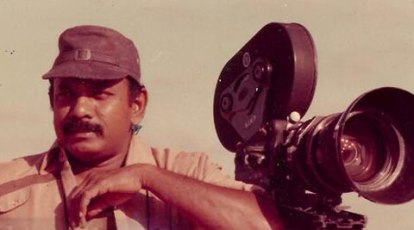
What key elements characterize your cinematography, and how do you ensure the delivery of visually captivating narratives in your work on a consistent basis?
When Balu Mahendra said, “For me, filmmaking is lovemaking,” I initially found it a bit mischievous. However, as I delved deeper into the craft of filmmaking, I came to understand his sentiment. When filmmaking becomes overly technical, it loses its essence, similar to lust rather than love. It’s not about disrespecting technology; rather, aesthetics form the soul of filmmaking, with techniques serving as tools to bring those aesthetics to life.
Each person’s life experiences subconsciously influence every creative choice they make. This is what sets each cinematographer apart from the rest. I don’t want to simply go with the flow, but rather pursue my own dreams. Cinematography isn’t always about portraying actors and objects beautifully or glorifying them. I don’t feel compelled to adhere to a specific style or pattern. My approach to cinematography is simple: I follow the soul of the script and do whatever it guides me to do.
When we receive narration about a scene to be shot in the rain, there are numerous possibilities. Whether it’s the first raindrop falling on the actor’s forehead as they look up or the steam rising when rain hits a hot sand surface, each detail adds depth and character to the rain itself. This is where aesthetics come into play, making the sequence visually captivating.

How do you balance honouring the cultural nuances of the Telugu region while also introducing innovative techniques to expand the boundaries of visual storytelling as an Indian film cinematographer predominantly working in Telugu cinema?
As a Tamil, I take pride in my culture. When you travel and observe people and regions with love and respect, you realize every culture deserves reverence. In Telugu cinema, when portraying stories about Telugu people and their lives, it’s essential to honour their cultural values whenever feasible. Balancing innovative techniques with cultural values is crucial in visual storytelling. This is why SS Rajamouli’s films are unique and deeply resonate with audiences.
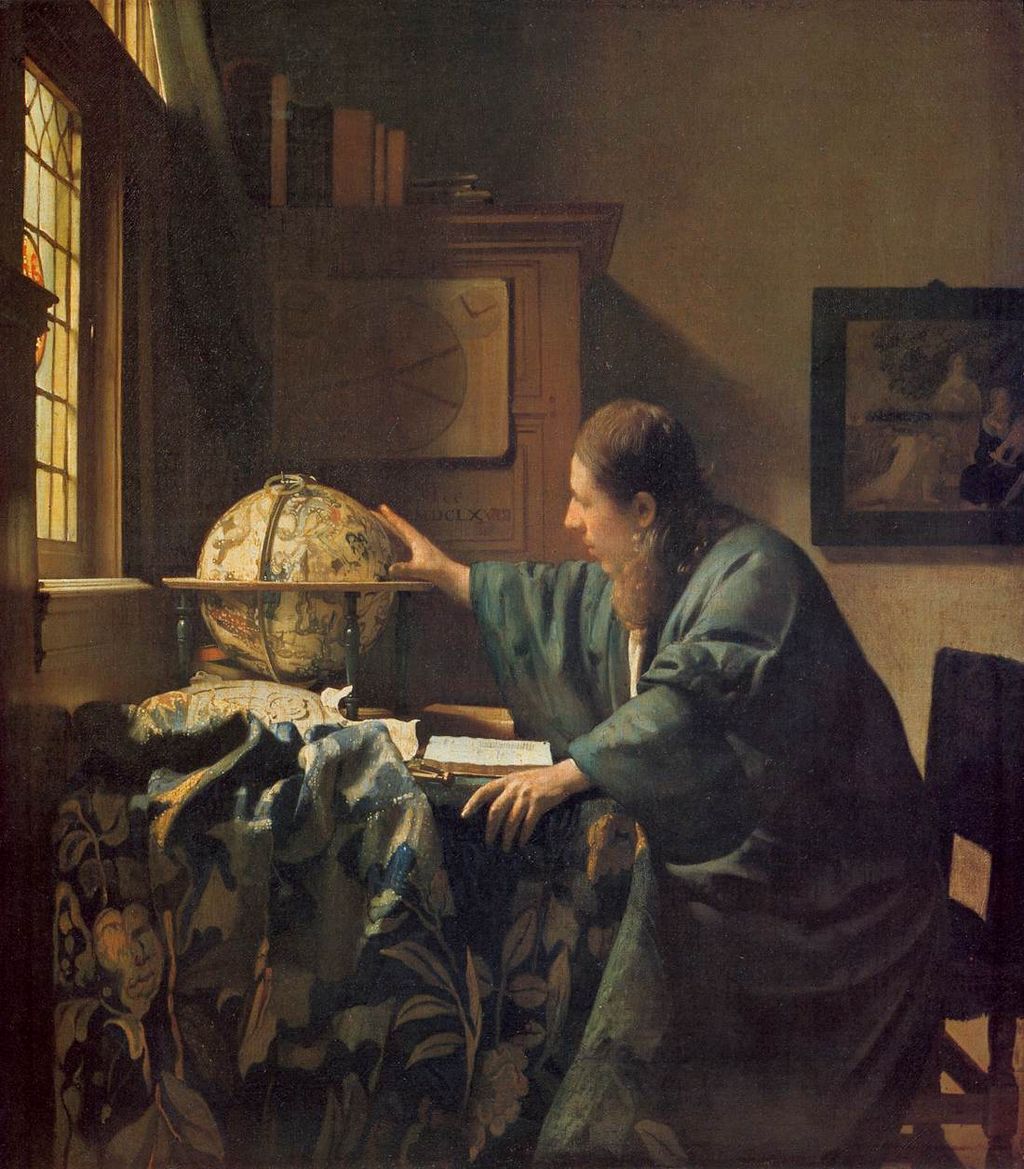
What role do you believe light and composition play in visually conveying a story?
When I was assisting A. Rameshkumar, I heard about “Chiaroscuro,” which means ‘painting with light.’ Rembrandt, a Dutch painter, was its founder. Then, while working with Mr. Arthur Wilson, I got introduced to artists like Vermeer, Van Gough, Turner, and Goya. These painters were enlightening for me. Without them, my lighting style would have been more technical than aesthetic. Cinematographers hold immense power as they can control and design light, second only to nature itself. I aim to be responsible and careful with this power. Each painting by Rembrandt or Vermeer evokes emotion through its extraordinary control of light and color palette. I follow their lead when designing lighting, using it to convey the script’s desired mood. The balance of light and darkness determines the mood of the character, scene, or script. Therefore, a cinematographer’s skill lies in their ability to control and design light creatively.
Composition goes beyond arranging elements within the frame. By combining location, actors, and camera angle and composition, such as high, low, or eye level, cinematographers can evoke different moods or emotions. The composition of the first and last frame of a moving shot is crucial in judging a cinematographer’s skill. Paintings like those of John Constable for landscapes and Vermeer and Rembrandt for interiors serve as inspiration for composition. A well-composed and well-lit frame can deeply impact the audience subconsciously. While technical tools are used, it is composition and lighting that truly defines a cinematographer’s worth.
What is your favourite focal length to shoot with, and why?
A good script naturally dictates the film language. It’s about the depth you aim for in your shots. Whether using a Tele or wide lens, it depends on how much depth is needed between characters or within the scene. For grand sets or expansive locations, wider lenses are preferred even for close and mid-level shots. When focusing solely on an actor’s performance, tele lenses are favoured. With digital post-production, depth can be adjusted later, so I don’t limit myself to a specific focal length. Personally, I enjoy using an 85mm lens for its depth and the ability to capture background details subtly. Likewise, a 35mm lens offers wider coverage and depth without significant distortion.

How do you work together with the art director and production designer to create a unified visual style in your films?
During my time as an assistant, I had the privilege of working with Thota Tharani and Sabu Cyril. Tharani Sir focused on creating depth in design, while Sabu sir excelled in arranging and placing properties. It was a valuable learning experience. As my career progressed, I collaborated with emerging talents in production design like Muthuraj, Prabakaran, Maniraj, and Kathir, who became close friends. Watching and discussing movies together helped me understand their approach to scripts. In Telugu cinema, I’ve had the opportunity to work with top production designers like Prakash, Ravinder, and Anand Sai, who are also dear friends. This close relationship allows for easy discussion of the process. The design and color palette of sets or locations dictate various elements, such as costumes, properties, shooting format, focal length, VFX, and equipment requirements. I engage in detailed discussions with the production designer, covering everything from aesthetics to practical considerations in locations, which influences lighting schemes and contrast levels. The understanding and support of the production designer are crucial for a cinematographer’s output.
What are the main aspects that cinematographers should prioritize during both the pre-production and post-production stages of filmmaking?
Script, script and script… !
In both pre-production and post-production, the script takes precedence. Before filming begins, I prioritize understanding the script and the director’s vision. This informs decisions on locations, color palette, lighting design, camera movement, actor choreography, styling, and equipment. Script reading sessions and discussions with the cast and crew ensure alignment on the filming approach. Once decisions are made, I begin the necessary preparations and references to execute the plan effectively. During post-production, the focus shifts to ensuring that the established plan aligns with the script’s demands, ensuring the desired look and feel is achieved.
SICA wishes Vijay K Chakravarthi all success for his future endeavors.
Article by
CJ Rajkumar
Author/Cinematographer
